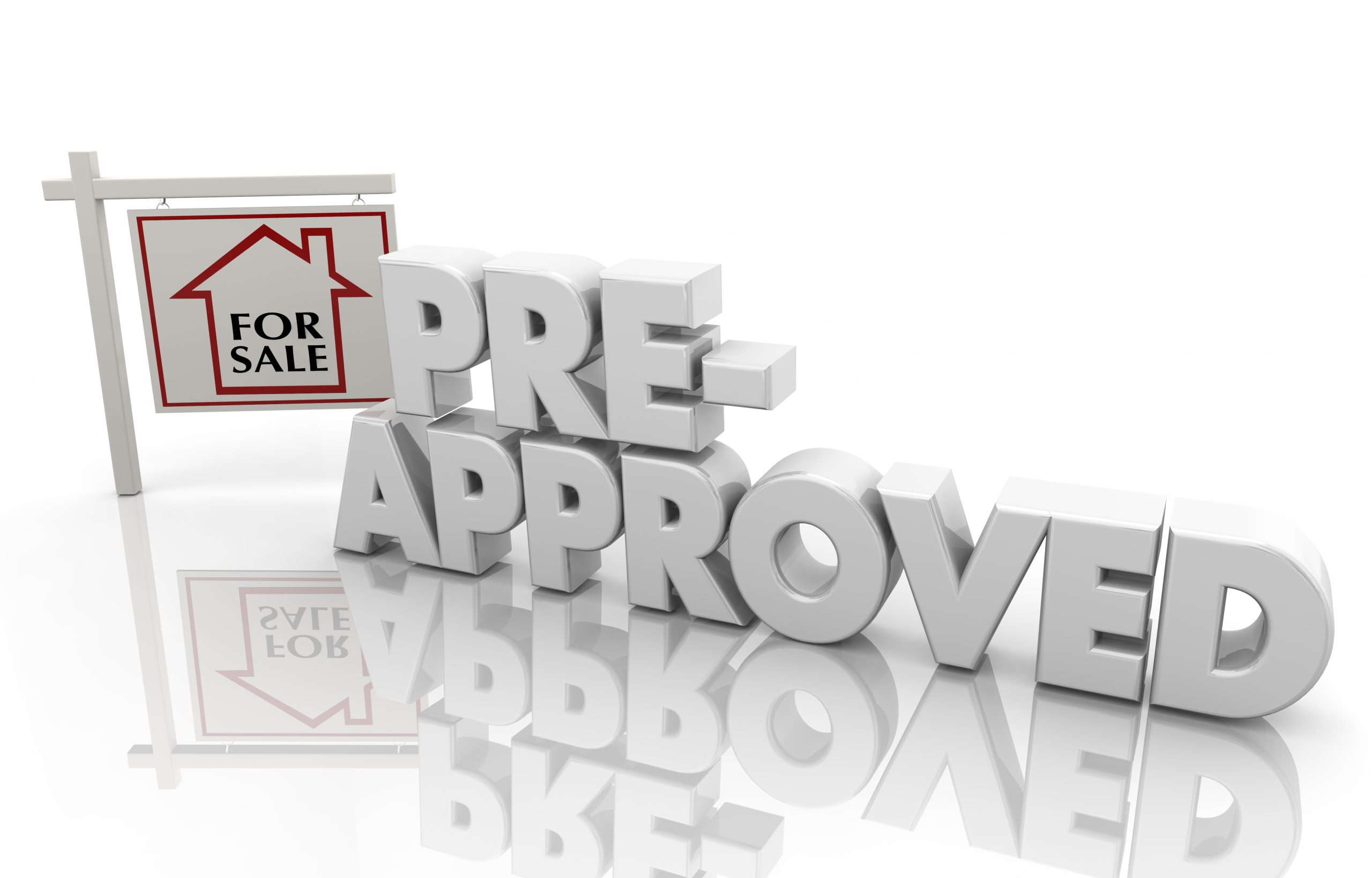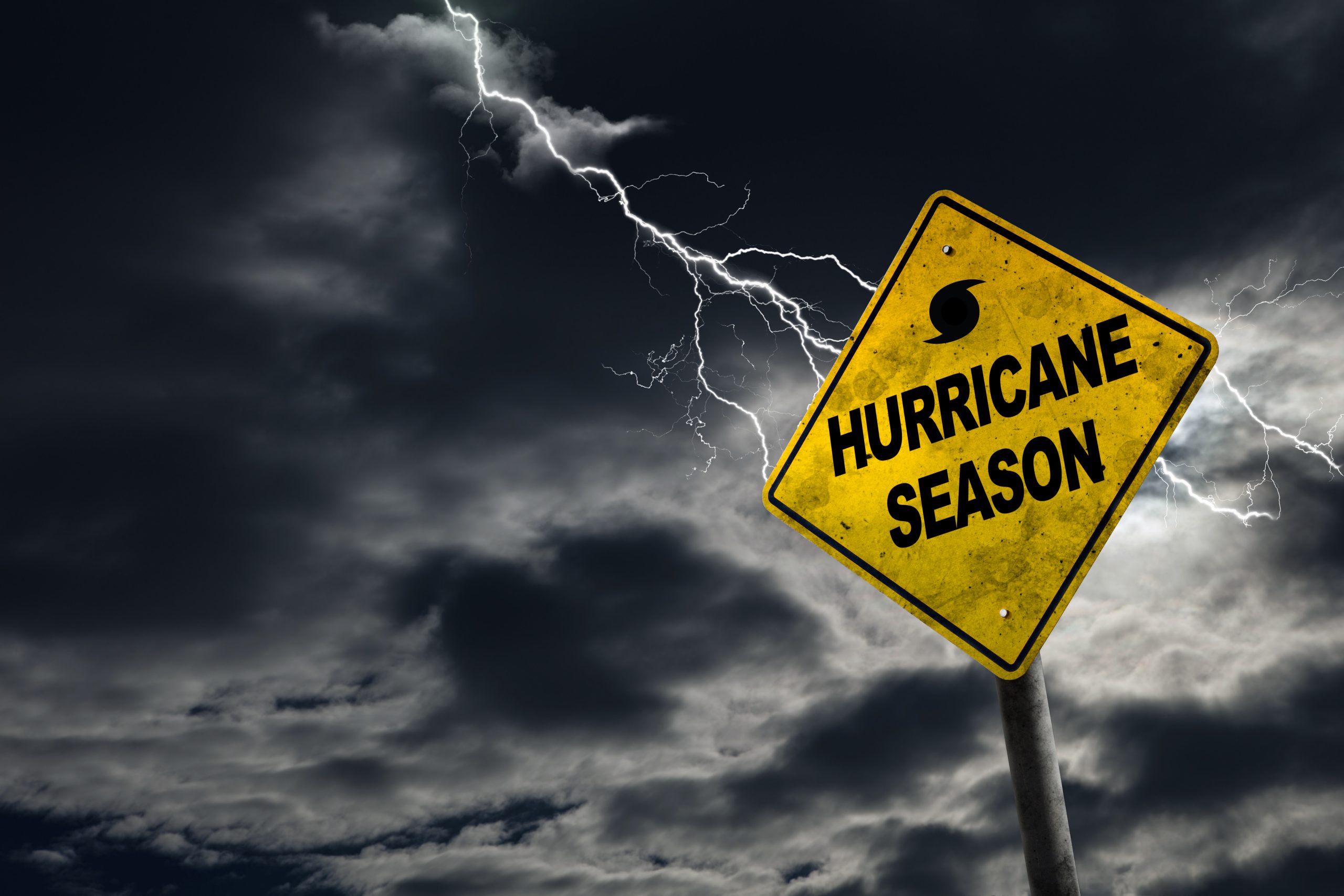Buying a home is one of the biggest financial decisions you’ll ever make—and while it’s…
The True Cost of Homeownership: Beyond the Mortgage
When it comes to buying a home, most people think about the mortgage as the only major expense. While it’s true that your monthly mortgage payment will likely be your largest ongoing cost, homeownership comes with many other financial responsibilities that you need to consider. At Rapid Home Loan, we believe in helping you understand the full picture when it comes to buying a home, so you can plan for the long-term and avoid financial surprises.
Let’s break down the true cost of homeownership, beyond just your mortgage.
1. Property Taxes 🏠💰
One of the most important ongoing costs for homeowners is property taxes. Depending on where you live, property taxes can vary significantly. These taxes typically go to fund local services like schools, emergency services, and infrastructure. In some areas, property taxes can be high, and they usually increase over time. Be sure to factor this expense into your budget before purchasing a home.
At Rapid Home Loan, we can help you estimate your potential property tax costs based on the area you’re looking to buy in. It’s crucial to consider property taxes in your overall affordability when choosing a home.
2. Home Insurance 🛡️🏡
Another important cost is homeowners insurance. While your mortgage lender may require you to carry insurance, it’s still important to understand what it covers. Home insurance can protect you against damage to your home from fire, storms, theft, and more. Depending on your location, you may also need additional coverage, such as flood or earthquake insurance.
The cost of home insurance varies widely depending on the value of your home and the risks in your area. In some cases, your premiums may increase after an event like a natural disaster or a rise in local crime rates. We recommend shopping around for the best rates and understanding your coverage options.
3. Maintenance and Repairs 🔧🛠️
Homes require regular maintenance to stay in good condition. Over time, things wear out, and appliances break down. You’ll need to budget for routine maintenance like lawn care, cleaning gutters, servicing HVAC systems, and more. But, it’s also wise to set aside money for unexpected repairs, like a leaking roof or a broken furnace.
Experts suggest budgeting around 1% of your home’s value per year for maintenance costs. So, if you buy a home worth $300,000, you should expect to spend approximately $3,000 annually on maintenance. At Rapid Home Loan, we encourage you to plan for these costs upfront, so you’re not caught off guard later on.
4. Utilities 💡💧
Unlike rent, where utilities may be included, as a homeowner, you’ll be responsible for paying your own utilities, which can include:
-
Water and sewer
-
Electricity
-
Gas
-
Trash removal
-
Internet and cable
The cost of utilities can vary depending on the size of your home, the number of people living in it, and how energy-efficient the home is. To get a clearer picture of what utilities will cost, ask the current homeowner for average monthly utility bills.
5. HOA Fees 🏢📜
If your new home is in a community governed by a Homeowners Association (HOA), you’ll likely be required to pay HOA fees. These fees typically cover community maintenance (such as landscaping and pool upkeep), shared amenities, and sometimes even security services. HOA fees can range from a small amount to several hundred dollars per month, depending on the community.
Be sure to find out about HOA fees before you make an offer on a property. The fees can add up quickly, and failure to pay them can result in penalties or even foreclosure in extreme cases.
6. Closing Costs 📑💸
While the mortgage is an ongoing expense, closing costs are an upfront cost that can catch homebuyers by surprise. These costs can include loan origination fees, title insurance, appraisal fees, and inspections, among others. On average, closing costs can range from 2% to 5% of the home’s purchase price.
At Rapid Home Loan, we work hard to minimize your closing costs and provide transparent estimates so you’re prepared for these expenses ahead of time.
7. Mortgage Insurance (PMI) 🛡️💵
If you’re putting down less than 20% for a conventional loan, you may be required to pay private mortgage insurance (PMI). This insurance protects the lender if you default on your loan. PMI can be costly—typically ranging from 0.3% to 1.5% of the original loan amount per year.
However, once you reach 20% equity in your home, you can often cancel PMI, which can help reduce your monthly mortgage payment. If you’re buying a home with a smaller down payment, talk to us at Rapid Home Loan to understand how PMI might impact your payments and if you have options to avoid it.
8. Upgrades and Renovations 🔨🏡
Many homeowners dream of updating or renovating their new home. Whether it’s a kitchen remodel or new landscaping, home improvements can add significant costs. Some renovations, like a fresh coat of paint, may be inexpensive, but others—like remodeling a bathroom or replacing the roof—can be quite costly.
It’s essential to plan for future improvements and renovations when considering the true cost of homeownership. At Rapid Home Loan, we can help you explore loan options that may assist with home upgrades, such as 203(k) renovation loans.
9. Opportunity Cost 📈🏠
Finally, don’t forget to account for the opportunity cost of buying a home. When you buy property, you’re tying up a significant portion of your savings into the house. This could limit your ability to invest elsewhere, such as in stocks or retirement accounts. Make sure you weigh the long-term financial implications before making a commitment.
Conclusion: Budgeting for Homeownership
At Rapid Home Loan, we want to make sure you’re not only able to afford the mortgage payment but also all the hidden costs that come with homeownership. By planning for property taxes, insurance, maintenance, utilities, and more, you’ll be better equipped to manage your home and your finances for years to come.
If you’re ready to explore your mortgage options and get pre-approved, give us a call or contact us online. We’ll walk you through the process step-by-step and ensure you’re prepared for every aspect of homeownership.





